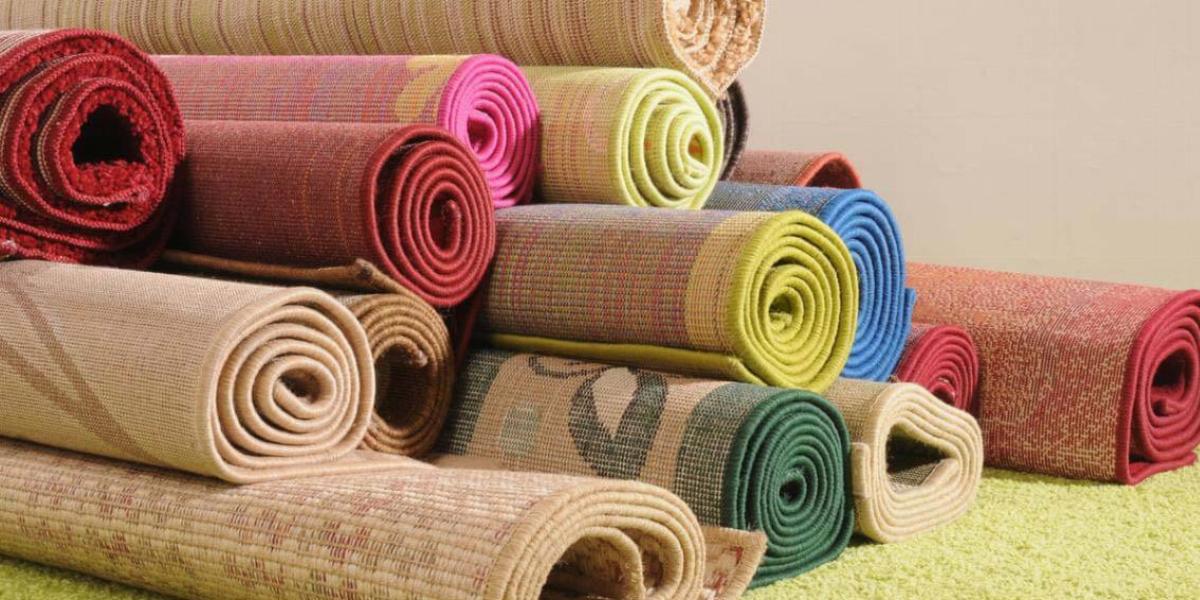
Replacing your flooring is a great project to increase your home’s value. But professional carpet removal for a 500 square foot area can range from $200 to over $500, plus disposal. After you tack on the costs of new flooring and installation, you’re looking at quite an investment. Tearing out old carpet is a strenuous task, but many homeowners still choose to pull up carpet themselves in order to save big bucks on renovation costs.
If you’re considering this option yourself, we wrote this guide to walk you through the process with professional advice from the National Wood Flooring Association.
After you’ve selected your new and improved flooring, follow these six steps to remove your old carpet without straining your back or your bank account.
|
|
|
|---|---|
|
|
*Depending on how much carpet you pull up, curbside trash pickup may not be an option.
Before you start ripping up the carpet, clear all furniture from the room. Remove entry or closet doors that might interfere with your work. You might also consider vacuuming the carpet one last time to minimize the mess during removal. Even then, you’re bound to kick up a dust bunny or two, so wear a dust mask and safety glasses for protection and put on gloves and knee pads for safety.
“It is very common to find old stains and years of dust, dirt, pet urine, dead bugs, etc., under the carpet during the removal process. For this reason, it is highly recommended to wear a respirator during removal.”
Brett Miller | VP of Education and Certification, National Wood Flooring Association
Tack strips are metal nails that line the perimeter of your walls to hold the carpet securely in place. They can be tricky to deal with, so start in a corner, take your time and follow the steps below.
Carpet can be extremely heavy to handle, especially if you’re tackling a lot of square footage. To save yourself the pain of lifting it all at once, cut it into easy-to-manage pieces with a utility knife:
When removing the old carpet from the room, consider wearing long sleeves to protect your forearms. After you’ve removed all the carpet strips from the space, it’s time to get rid of the carpet padding.
The process of removing carpet padding is very similar to pulling up the carpet itself, except it’s typically much lighter. Start at one wall and roll the carpet padding away from your subfloor. Every few feet, use your utility knife to cut the padding into strips. Again, these smaller strips will be much easier for you to remove from the room. After you yank it all out, you’ll reveal your subfloor. You’re also likely to see a ton of staples, nails and tack strips all around the room. Once the padding is out, it’s time to grab the pry bar again.
If you don’t already have gloves on, now’s the time to gear up.
“Tack strip is sometimes glued in place, but is most-often nailed. This makes it dangerous to remove because it can cut your hands, arms, etc. Wearing heavy work gloves and a long-sleeved shirt and pants during removal will help minimize this risk. It can also help to place the removed tack strips on the torn-out carpet pad, which makes carrying the sharp, jagged tack strips less of an injury risk.”
Brett Miller | VP of Education and Certification, National Wood Flooring Association
Once you’ve removed all of the tack strips, it’s time to pull up the staples. Removing the staples from your subfloor is important for your new flooring to lay evenly. This can be a very time-consuming task. For best results, run a heavy duty long-handled floor scraper over the entire area. Use a broom to sweep the loose staples into the center of the room, then a shop-vac to quickly suck them all up. Pay careful attention to make sure all loose dust, staples, wood and nails are all completely vacuumed.
Now that your subfloor is clean and clear, your next step is disposal.
Before new flooring is installed, Miller recommends consulting a professional “to determine if the subfloor is adequate for the new flooring material.” For example, the weight of new tile can be much heavier than the weight of your old carpet. In some instances, you may need to install a concrete backerboard to support the weight. Other important factors include the flooring grade and moisture levels of the space.
Congratulations – you removed your carpet! Whether you’re installing tile or fresh hardwood floors, we hope you love your new space. For more DIY tips, visit the For the Home section of our blog.
